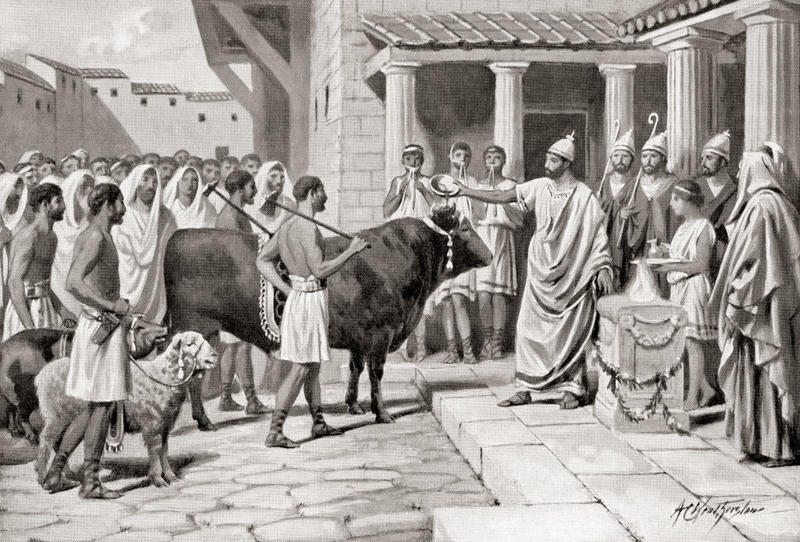There was a tight class structure in ancient Rome. Senators, patricians, and equestrians were members of society’s top strata, the wealthy elite who could afford to enjoy lives of leisure and luxury, and there was the lower class or the peasants. While the class system was very defined, it did not stop the commoners from expressing their disdain for the corrupt ruling class. Have you heard about the Secessio Plebis?
The Secessio Plebis is a type of revolt that originated in ancient Rome. When Rome’s governing class became too corrupt or unjust to the people, they banded together, evacuated the city, and left the elites to fend for themselves.
Who were the Plebs?
In ancient Rome, the plebeian class was known as the working class. On the social ladder, they were one level above enslaved people. Plebs were free citizens of Rome, although they were at the bottom of the social scale. Farmers, common laborers, bakers, and architects of society were among them. They worked long hours to provide for their families and the privileged class to whom they paid taxes.
The plebeians were tired of breaking their backs to keep the wealthy in grapes and palm fronds at least five times in Roman history. These actions, known as Secessio Plebis, or Plebs Secession, were analogous to modern-day labor strikes, bringing the economy to a halt and disturbing the ruling class’s affluent existence. It was the most efficient technique for the plebeian class to disrupt the hierarchy and draw the attention of the patricians. (Source: History Daily)
The First Strike: How Lucius Sicinius Vellutus Started It All
The plebs were fed up with the Senate approving tax legislation that raised the working class’ debt without providing them with meaningful services in return in 494 BC. A working-class pleb named Lucius Sicinius Vellutus proposed that the workers organize a walk-out to protest the Senate’s actions. While Vellutus and others talked with the patricians, the plebeians marched out of the city and gathered on the Mons Sacer, or holy mountain. The strike was a rousing success, resulting in the cancellation of many plebeian debts and the establishment of the Tribune of the Plebs, the first government position held by a plebeian. (Source: History Daily)
The Succeeding Strikes
Until 449 BC, the Roman government and its plebian members performed admirably. When a man named Appius Claudius Crassus sought to force a plebeian woman to marry him against her and her family’s will, the patricians executed a member of the Tribune of Plebs, a man who had been outspoken in his condemnation of their abuse of power, which had spread outside the senate chambers.
In 445 BC and 342 BC, the plebeians went on strike again. The plebeians were protesting how the patricians in the senate were forcing out plebeian delegates and misusing their power in both cases. The patricians received a wake-up call in each case, demonstrating their inability to care for themselves by finding themselves buried in soiled laundry and starving horses. They became the unwashed masses in an ironic twist. (Source: History Daily)
When Did the Real Change Start?
The final of the plebeian strikes occurred in 287 BC, and it was the secession that, according to all sources, brought about actual change in the Roman government. Following discussions for the return of the plebeian laborers, Quintus Hortensius passed the Hortensian law, which he signed.
The patricians and plebeians had equal political rights under Hortensian law, and patricians could no longer approve or disapprove of the job done by the Tribune of the Plebs. The Plebeian Assembly was established as a result of the Fifth Secession. The working class could enact their laws, try their judicial matters, and elect representatives in the Plebeian Assembly. If you overlook the fact that there were still clearly defined classes, it was the first step toward actual democracy. (Source: History Daily)
